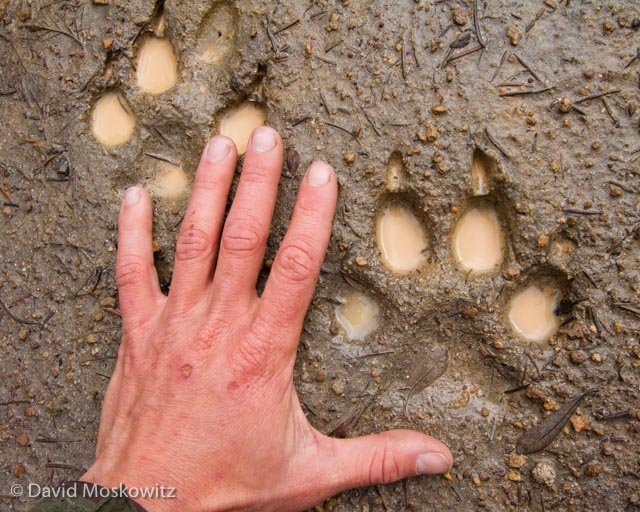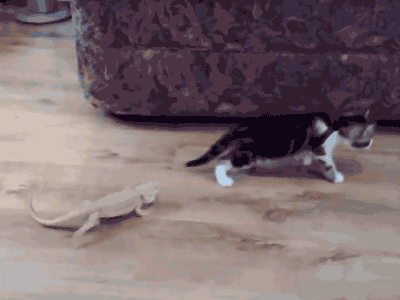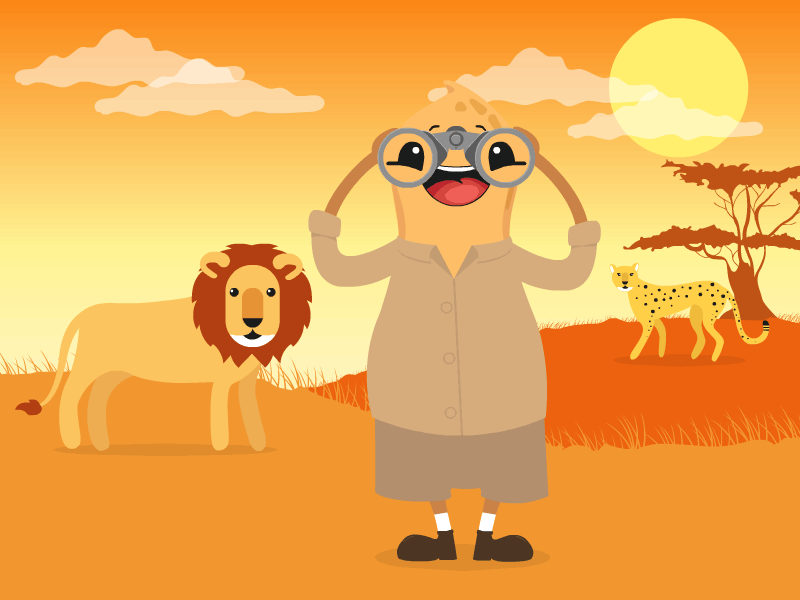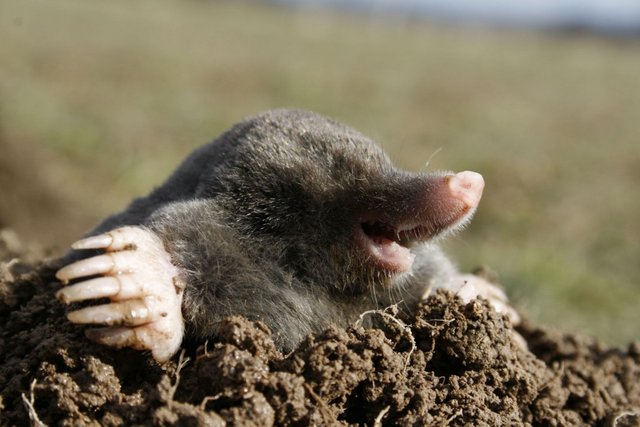You little naturalist, you! Part 6
If you've been following my Naturalist sequel, you'll know that so far we've basically discussed bugs, slugs, birds, flowers and plants. It's been a gradual introduction into the world of a true naturalist, but it's now time to start with the really interesting stuff, so dust off your walking shoes, grab a hat and let's explore some more:

Tracking down mammals!
Mammals occur throughout the food chain, from grazers and browsers like rabbits and deer up to the top predators like foxes, pine martens and wild cats. They are skillful at avoiding detection, and many of them are nocturnal and difficult to find - but don't despair - they are all around you, and with patience you might find one right under your feet.
When looking at an animal, always try to work out where it fits into the food chain. Is it hunter or hunted? And how is it equipped to survive in its natural surrounding?
Easy ones to start with:
The easiest of all is man himself. Don't forget that we are mammals too and have our place in nature. Our cats, dogs and farm animals were once wild animals, so study them too.
Creeping up on cats:

Practice your stalking skills by seeing how close you can get without being spotted. Domestic and stray cats have definite territories, and scientists spend a lot of time studying them. You can make your own studies.
Get to know the cats in your area. Note their favorite routes and where they hunt. Try following a tom on his daily patrol, and map his territory. Record the places he marks with his scent, and where he fights with other toms. Do any other cats use the same routes? Not e how they use natural cover to hide their approach, and how they approach from down-wind.
On safari in the park:

You may be lucky and see deer in the early morning in a woodland clearing, but the easiest place to see large mammals is in a park. Here they will have become used to humans and are not so timid. Next time you visit a park with animals in it, take time to watch one species for an hour or so. It could be a deer, a squirrel or even a mouse.
Ask yourself these questions:
- How is the animal camouflaged?
- How is its body shape suited to its habitat?
- What is it feeding on, and how?
- How does it communicate with other animals around it?
If you live near a park, you could make observations of one species right through the year.
Mapping out rabbit warrens and mole territories:
Next time you go for a walk, step softly around the edge of a field, keeping a sharp look-out. If you keep down-wind of the rabbits, you may see them before they see, or smell you. Warm evenings after rain are always good times to try. Find a good hiding place and note the rabbits' feeding, courtship and territorial behavior.
When you find a rabbit hole, place some twigs across the entrance and come back the next day. If the twigs have been moved, you will know the burrow is being used. Make a map of the warren, marking which holes are in use. Watch particularly for nursery burrows where the doe keeps her young.
While on your walks you will almost certainly see mole hills. The mole uses a network of tunnels between the hills, constantly hunting the worms that fall into these underground cavities. Clear away the soil from a mole hill and you will see the tunnel beneath. Map where the hills are, and come back each week to see how the mole has extended his territory. If you see a very large mole hill, don't disturb it - the mole may have its nest beneath it.

Making your own small mammal survey:
Describe the habitat. You might start with your garden. Draw a plan, to scale, and mark on the flower beds, lawns, bushes, earth banks and so on. If you choose an area of farmland, mark the fields and hedgerows, pastures and woodlands. Use colors for the different habitats.
Keep records. Each time you see a mouse or a squirrel, mark the sighting on your map and enter it up in your field notebook.
Tracks and signs. To become an expert you will need the help of a good field guide, but here are a few clues:
- Search woodland margins, hedges, muddy paths and puddles for animal tracks. Look at the pattern of the track as well as the individual prints. Try making a plaster casts of good prints.
- Look for flattened grass, holes through hedges, narrow paths and tunnels through long grass. These are regularly used "runs" so mark them on your area map, identifying the animal wherever possible.
- Look for nuts and fir cones that have been gnawed or split, and for pieces of bark torn from trees. Note any piles of feathers or bits of fur showing where a predator has made a kill.
- Herbivores usually leave rounded fibrous droppings. Flesh-eaters leave elongated pointed droppings. Small white-tipped droppings are from birds or lizards.
Resources:

Amazing article! I am always waiting for your next article to read. ;)